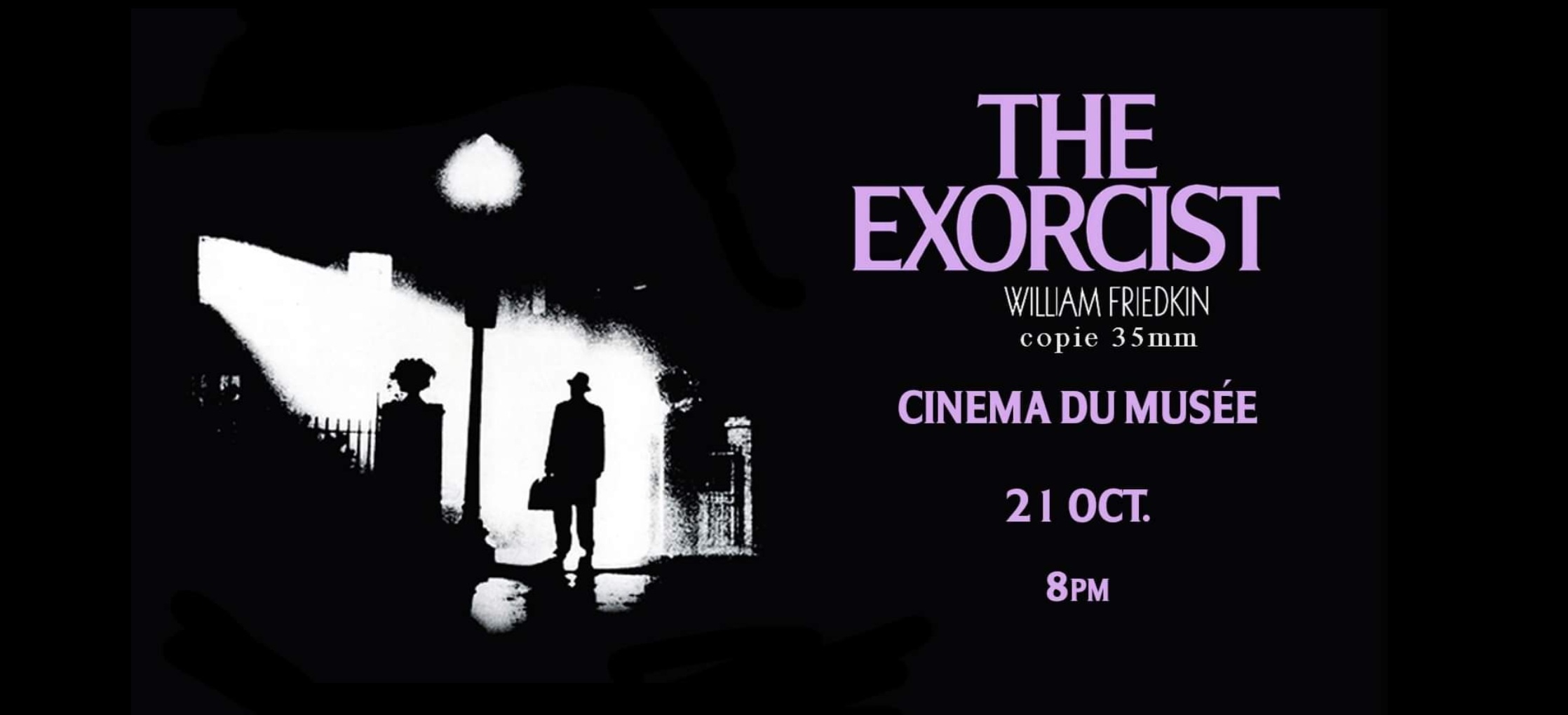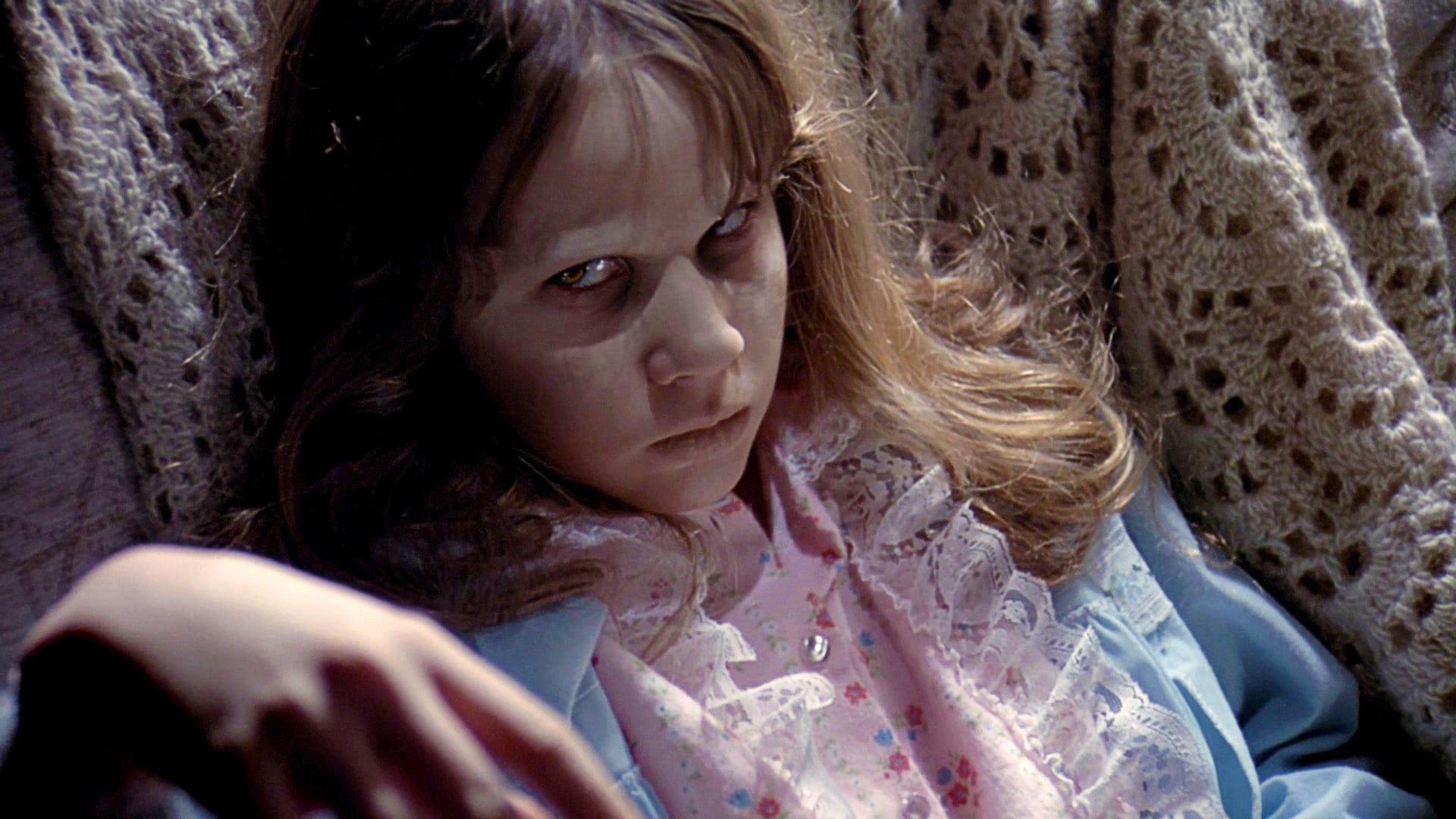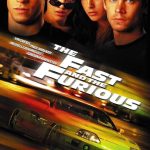William Friedkin’s The Exorcist (1973)

William Friedkin’s The Exorcist (1973) is a landmark horror film that redefined the genre and remains one of the most chilling supernatural films to date. Adapted from William Peter Blatty’s novel, the story centers on the terrifying possession of 12-year-old Regan MacNeil (Linda Blair) and her mother Chris’s (Ellen Burstyn) desperate attempts to save her. The film follows Father Merrin (Max von Sydow) and the young, skeptical Father Karras (Jason Miller) as they perform a harrowing exorcism to free Regan from a demonic presence.
The story begins with a quiet, ominous atmosphere as Chris, an actress living in Georgetown, starts noticing disturbing changes in her daughter’s behavior. Initially dismissed as medical and psychological issues, Regan’s symptoms escalate to unexplainable and horrifying manifestations that force Chris to seek religious intervention. This descent into terror is portrayed with unrelenting intensity, making the journey gripping and unsettling.
Friedkin’s direction brings an almost documentary-like realism to the horror, making each scene feel grounded in the real world, which enhances the terrifying nature of the supernatural events. The film’s use of practical effects, from the infamous head-spinning scene to Regan’s distorted voice (famously voiced by actress Mercedes McCambridge), is both grotesque and visceral, leaving a lasting impact on viewers. Coupled with Dick Smith’s groundbreaking makeup effects, the visuals are hauntingly effective, capturing the audience’s fear and disbelief as Regan’s possession becomes increasingly violent and graphic.
The performances are equally powerful. Linda Blair’s portrayal of Regan is nothing short of iconic, capturing innocence turned to malice in a role that pushed boundaries. Ellen Burstyn brings a raw vulnerability as a mother torn between fear and hope, while Jason Miller’s Father Karras provides a nuanced portrayal of a man grappling with faith, doubt, and personal loss. Max von Sydow’s Father Merrin, the seasoned exorcist, is compelling in his quiet strength, giving weight to the story’s themes of good versus evil.
One of the film’s most memorable aspects is its sound design, including the eerie use of Mike Oldfield’s Tubular Bells. The audio effects – creaks, whispers, and Regan’s guttural demonic voice – contribute significantly to the tension and dread, making silence and sound equally terrifying tools in Friedkin’s hands.
At its core, The Exorcist explores themes of faith, the existence of evil, and the fragility of human control. It’s not only a horror story but a deeply existential one, addressing questions of belief and the power of faith in the face of unimaginable darkness. These themes give the film depth beyond mere scares, resonating with audiences on a psychological and philosophical level.
The Exorcist set a high bar for horror and is often credited with sparking a new era for the genre. Its unflinching depiction of demonic possession, psychological horror, and spiritual battles makes it an enduring classic that continues to be influential, analyzed, and, most of all, feared.











